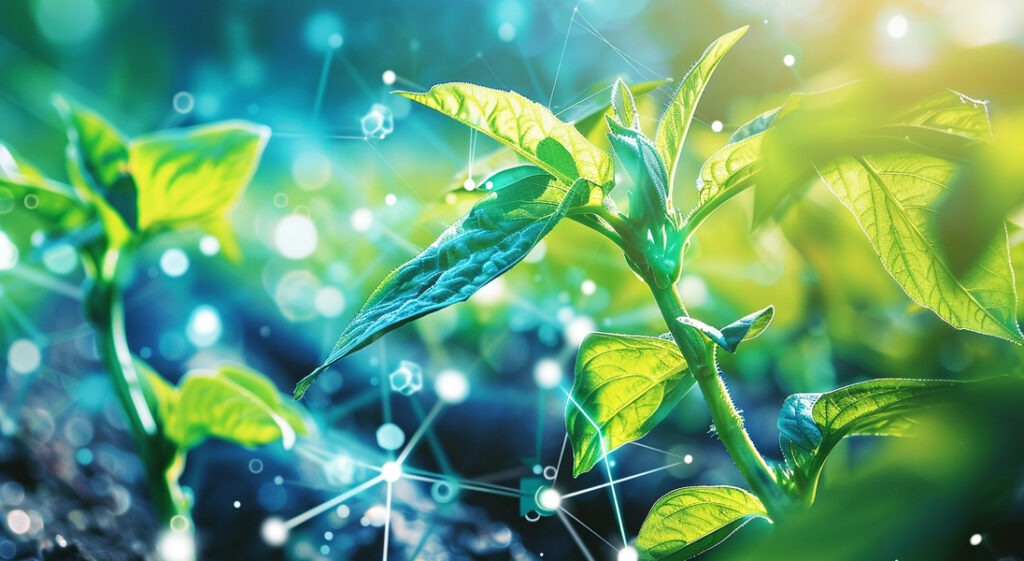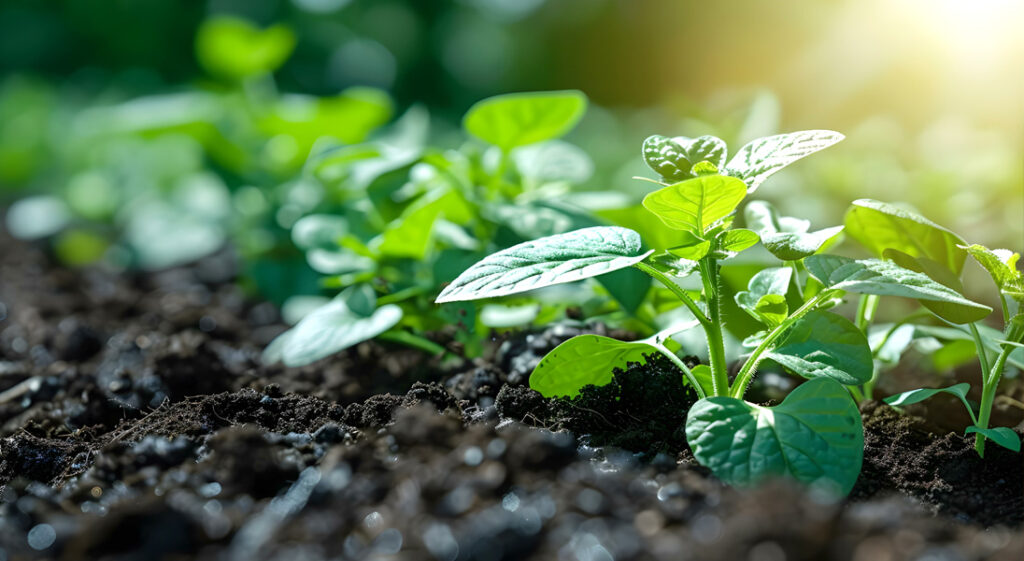Can plant biostimulants improve soil structure?
The Fertiliser Problem part 4
There are a number of strategies where biostimulants can help the fertiliser problem.
Our previous articles gave insight to the fertiliser problem we are facing globally and demonstrated the nitrogen cycle. We introduced the need for biostimulants as a way to enable plants to better use the nutrients available to them, therefore allowing producers to use less fertilisers , the effect of biostimulants on plant roots and how they can reduce the nitrogen requirement.
So what other strategies show that biostimulants can make a difference?
The following article shares insight specifically on the influence of biostimulants on soil structure.
Improving soil structure by physical modifications and by stimulating microbial activity
Soil structure: Seaweed biostimulant application can support plant nutrition by improving the soil structure. Brown seaweeds contain large amounts of polysaccharides such as alginates and fucoidans, which bond with the metallic ions in the soil to produce a gel that helps hold water and maintain an aggregate structure (Khan et al., 2009). This helps the plant grow a robust root system, which in turn can increase nutrient uptake. However, improved soil structure does not explain the observed improvement in plant nutrition in hydroponic systems (e.g., Vernieri et al., 2006), nor the observed improvement when seaweed extract is applied to the foliage rather than the soil (e.g., Rathore et al., 2009)
The application of biostimulants can have a positive effect on soil biological properties, including soil enzymatic activities, as well as increasing bacterial and fungal biomass. Amino acid application to the soil increases soil microbial activity, which can improve the soil’s physical and chemical attributes (Garcia-Martinez et al., 2010). Specifically, the increased bioactivity in the soil causes a quicker breakdown of organic matter, which transforms organic nutrients into plant-available mineral forms (Garcia-Martinez et al., 2010).

Soil nutrient availability: Plant biostimulants can enhance the nutrient availability for plant uptake by increasing the cation exchange capacity of soil (helping to reduce nutrient leaching especially in sandy soils), by supplying nitrogen to the crops, and/or by enhancing the solubility of nutrients in soil solution. Protein hydrolysates can improve soil respiration, microbial biomass and activity, since microorganisms use amino acids and peptides as a source of C and N (Farrell et al., 2014). They also impact on plant nutrition by forming complexes and chelates between peptides/amino acids and soil micronutrients (i.e., Cu, Fe, Mn and Zn), therefore contributing to nutrient availability and acquisition by the root system (du Jardin, 2015; Colla et al., 2015a). Moreover, the ability of peptides/amino acids to form complexes and chelates with some macro- (i.e., K, Ca and Mg) and micronutrients (i.e., Cu, Fe, Mn and Zn) is currently being used to develop fertilizers with high nutrient use efficiency.

